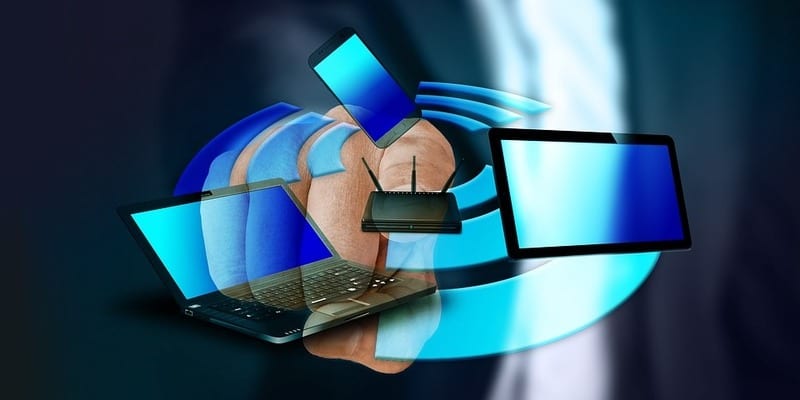A Basic Introduction to Enterprise Mobility Management

 Enterprise Mobility Management (EMM) is the collection of policies, tools, and processes that companies use to oversee mobile device use within their organizations. This collective is made up of Mobile Device Management (MDM), Mobile Application Management (MAM), and Mobile Content Management (MCM). EMM is a field that is constantly evolving, so it’s helpful to give a general explanation of the components that comprise it.
Enterprise Mobility Management (EMM) is the collection of policies, tools, and processes that companies use to oversee mobile device use within their organizations. This collective is made up of Mobile Device Management (MDM), Mobile Application Management (MAM), and Mobile Content Management (MCM). EMM is a field that is constantly evolving, so it’s helpful to give a general explanation of the components that comprise it.
Mobile Device Management
MDM is what it sounds like: the management of mobile devices. To go more in-depth, MDM is a kind of security software that IT departments use in order to keep track of and secure the mobile devices of employees. Part of MDM also entails having the ability to maintain security over the various mobile service providers and operating systems being used by company employees.
Mobile Application Management
MAM is similar to MDM in that it deals with the management of a device. However, MAM only deals with the management of applications on a device, rather than the device as a whole. MAM applies policy control to applications individually.
There are two basic forms of MAM: preconfigured applications and application extensions. Preconfigured applications typically include a personal information manager to securely manage apps like email, calendars, and contacts. They also usually come with a secure browser, supplied by the EMM provider or a third party. Application extensions use a software development kit or wrapping to apply policies to applications. This is needed when the required management capability is not provided by the operation system, or when a business chooses not to install any sort of MDM on the device.
Mobile Content Management
MCM is what allows users to access the content on their mobile devices. Within an EMM suite, MCM functions as a secure container, a content push, and content access. The secure container allows a user to securely store content on a device. Content push is the use of push-based document delivery as a way to alert users to new files, flag a content expiration date, and control document versions. Content access is a system where users can pull content to their devices through a connection to a back-end repository.
MDM allows for security on the mobile device itself, giving it and the user protection. MAM gives control over apps, instead of the whole device, which can allow for the user to have a sense of privacy. Finally, MCM stores and sends content to the devices securely, so users and businesses feel that their mobile data is protected. These three components in conjunction with each other are necessary for a good EMM solution.



















